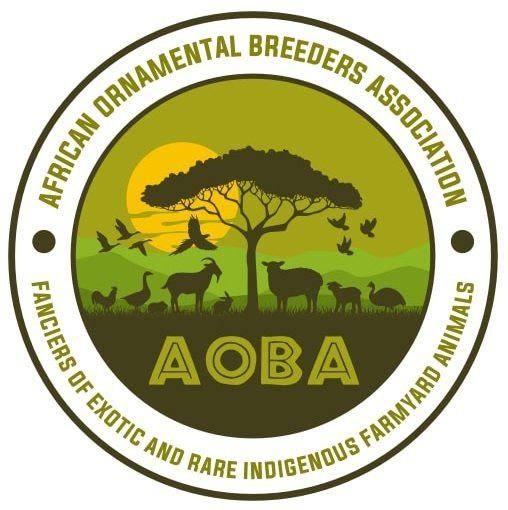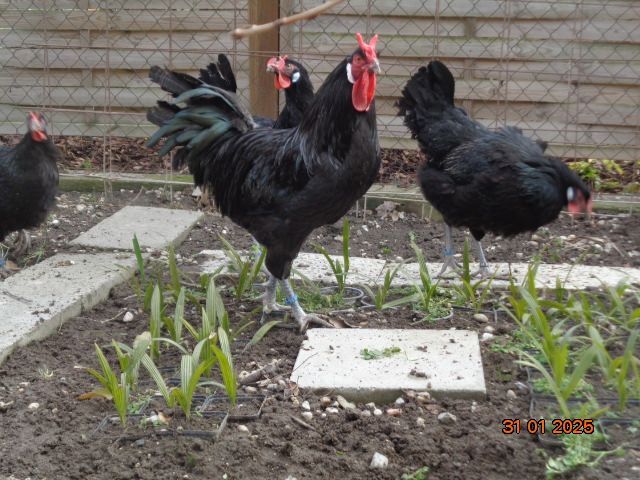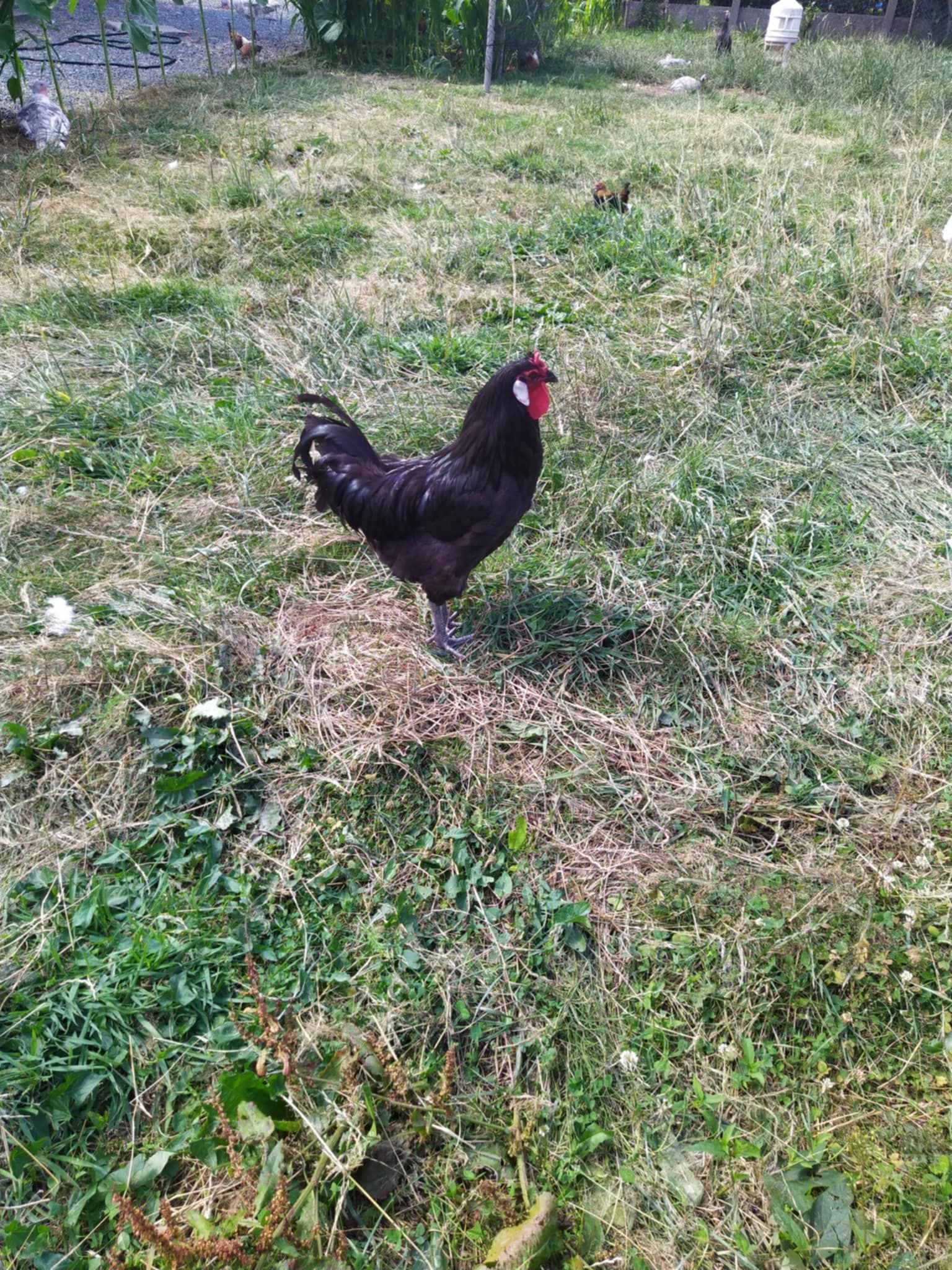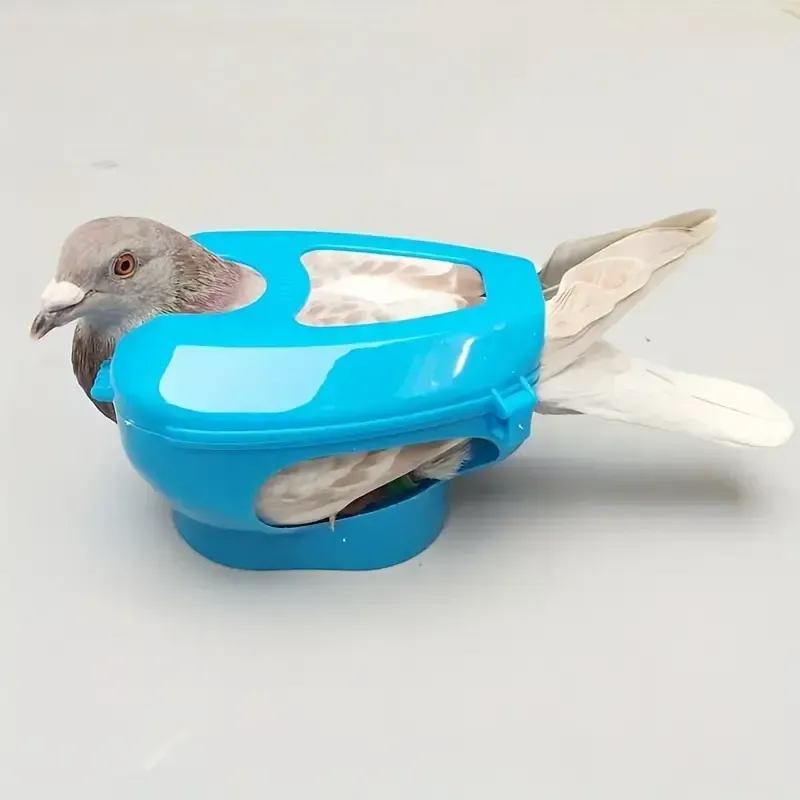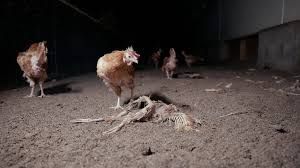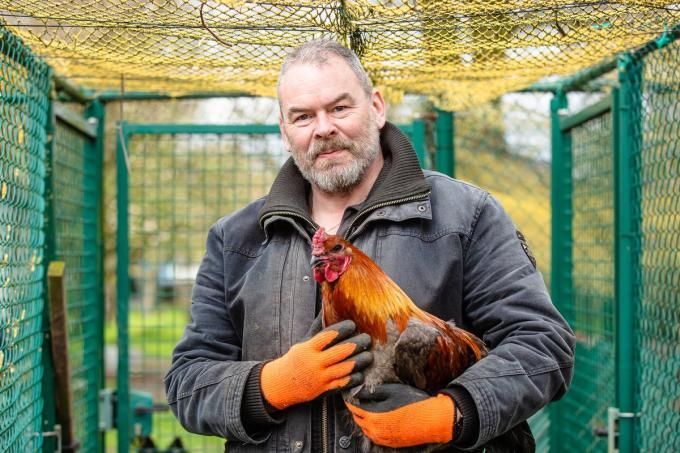Preserving the Bruges Fighter: A critically endangered Flemish Belgian icon.
Preserving the Bruges Fighter:
A critically endangered Flemish Belgian icon.

The Bruges Fighter, a quintessential Flemish-Belgian icon, teeters on the brink of extinction. In Belgium, only a handful of dedicated breeders remain, with fewer than 200 birds left in its native land. Despite efforts to revive the breed in Flanders, it remains dangerously close to disappearing altogether. The main threats to its survival stem from internal disputes among breeders, genetic bottlenecks, and crossbreeding with other breeds such as Ayam Cemani, Combattant du Liège, Combattant du Nord, Izegemse Koekoek, Madras Aseel, and Malay Game.
At the African Ornamental Breeders Association (AOBA), we take great pride in our exclusive collection of these legendary heavyweight Belgian gamecocks. Thanks to ample resources, we are able to breed on a large scale, enforce strict selection and testing, and raise our birds in the unforgiving natural environment of the Congo Basin. We have built a flock of over 500 Bruges Fighters, the largest and most genetically diverse single breeding stock in the world. Our JKI-AOBA breeding program consists of two distinct strains divided into five blends, making our private collection of “Modern Bruges Fighters” unique worldwide.
My personal journey
My journey with the Bruges Fighter began in 2012, when I became involved in an agroforestry project in the Democratic Republic of Congo, entrusted to me by the Scheut missionaries. Through them, in Lisala, Pendua, and Kinshasa, I encountered the hardy Bruges Fighter — often described in their distinctive West Flemish accent as a robust and dependable layer. Initially indifferent to these chickens, I eventually gave in to the fathers’ insistence, driven by nostalgia for my own maternal West Flemish roots in Bruges. At the time, I had no idea how endangered the breed already was.
I would like to express my heartfelt gratitude to Brother Jan Van Weyenbergh for introducing me to the late Brother Jozef Soenen († March 21, 2024). Brother Jozef — a West Flemish farmer’s son and missionary — deserves special thanks for his wise advice on animal husbandry, for entrusting me with his private collection of Bruges Fighters, and for his tireless support through countless mission parcels from Belgium, including vegetable seeds from AVEVE and Belgian rabbits.
I am also deeply grateful to my other West Flemish missionary friends:
- Brother Albert De Meyere († January 26, 2024)
- Father Willy Vanhaelewyn († June 16, 2024)
- Father Michel Vanfleteren († March 15, 2025)
- Father Alfred De Sutter († May 19, 2025)
for their invaluable advice, knowledge, and encouragement throughout this journey.
The colonial flock and AOBA
The colonial strain I manage descends from three distinct blends, originating from shipments sent to Congo between 1955 and 1991 by the Scheut missionaries:
- Cocquet, De Beerst, Loosveldt, and Staes (1955–1970)
- T’Jaekens, Van Caeneghem, and Van Damme (1960–1980)
- Hollanders, Swanepoel, and Verstraete (1975–1991)
These bloodlines were preserved on the mission posts despite decades of inbreeding.
The founding of AOBA in 2019 marked a turning point. Through chance encounters on social media, my interest in the Bruges Fighter was rekindled. Although I was preoccupied with other projects at the time, I found myself drawn back to this breed. In 2024, through fortuitous collaborations, I succeeded in facilitating the first import of Bruges Fighter hatching eggs to Congo in over fifty years, thanks to breeders such as Joost De Meyer, Jan Martens, Antoon Krekelbergh, Glen Vandamme, Erwin Engels, Paul Vandenbussche, and Danny Van Eynde — a significant milestone for the conservation of the breed.
As I delved deeper into the world of Bruges Fighters, I was confronted with the complexities of preserving genetic integrity amidst accusations of crossbreeding and the challenges of adhering to the breed standard. Recognizing the need for empirical data, I initiated a genetic research project to sequence the genomes of both the colonial and Belgian populations. The results, to be published in 2025, will guide our breeding strategies and contribute to the conservation of this iconic breed. While acknowledging the breed’s historical evolution and further development, I stress the importance of genetic diversity and fidelity to the breed standard.
Looking ahead
AOBA’s breeding plan involves comprehensive genetic research, meticulous selection, and the establishment of new breeding flocks. We are committed to building a healthy African population of 5,000 Bruges Fighters. While Belgium’s role in preserving the breed is acknowledged, AOBA remains cautious about exporting stock, advocating for stronger conservation efforts within Belgium itself. Our crown jewels are shared judiciously, guided by an unwavering commitment to their preservation and prosperity.
At AOBA, we strive to honor this legacy through careful stewardship and collaborative conservation efforts, ensuring that future generations can continue to admire the strength and beauty of the Bruges Fighter.
Bloodlines and structure
The hatching eggs imported in 2024 came from the following breeders and their lines:
- Joost De Meyer, active for over 30 years, incorporating lines from Ronny & Dieter Vandecasteele, Antoon Krekelbergh, Rik Snauwaert, Paul Struys, Marc Crommelinck, Peter Donck, Harald Heb, Jean-Louis Hoyez, and Andy Mahr.
- Jan Martens, also over 30 years active, initially sourcing birds from Wauter Lenaert and later incorporating Marc Crommelinck’s lines.
- Antoon Krekelbergh, active for more than 30 years, with lines from Christof Victor, Joost De Meyer, Rik Snauwaert, and Danny Van Eynde.
- Glen Vandamme (mentored by Antoon Krekelbergh)
- Erwin Engels
- Paul Vandenbussche, nearly 30 years active, with birds from Miel Tahon, Antoon Van Loocken, Erwin Engels, Marc Crommelinck, Jan Martens, Danny Van Eynde, Joost De Meyer, Rik Snauwaert, Pierot, Luc Van Looveren, and Torsten Stephane.
- Danny Van Eynde
I maintain separate strains and bloodlines among my Bruges Fighters:
Group 1: Colonial strain (2012–2024)
- Blend 1: Cocquet, De Beerst, Loosveldt, and Staes (1955–1970)
- Blend 2: T’Jaekens, Van Caeneghem, and Van Damme (1960–1980)
- Blend 3: Hollanders, Swanepoel, and Verstraete (1975–1991)
G1B1 – G1B2 – G1B3
Group 2: Belgian strain (2024)
- Blend 1: Joost De Meyer, Jan Martens, Antoon Krekelbergh, Glen Vandamme, Erwin Engels, and Paul Vandenbussche
- Blend 2: Danny Van Eynde (Linter)
G2B1 – G2B2
The various lines in Blend 1 (G2B1) have been merged due to the exchange of genetic material among these breeders. Blend 2 (G2B2) is kept separate because of its fibromelanosis — not recognized by the breeders of Blend 1 — and because of its greater crossbreeding with the Liège Fighter.
I have deliberately refrained from importing hatching eggs from Germany, even though some Belgian lines have a small percentage of German blood. In my view, German birds are notably smaller and finer-built compared to those of G1 and G2.
I wish to state explicitly that neither I nor AOBA consider ourselves “experts” in the Bruges Fighter. We simply had the good fortune of inheriting what we have. All credit belongs to the breeders who came before us.
Special thanks
I would like to thank
Joost De Meyer, a true master breeder of Brugse Vechter, for his guidance and valuable advice. His knowledge and passion are a great inspiration to me as a starting breeder.
Jean Kiala-Inkisi
President – African Ornamental Breeders Association (AOBA)
